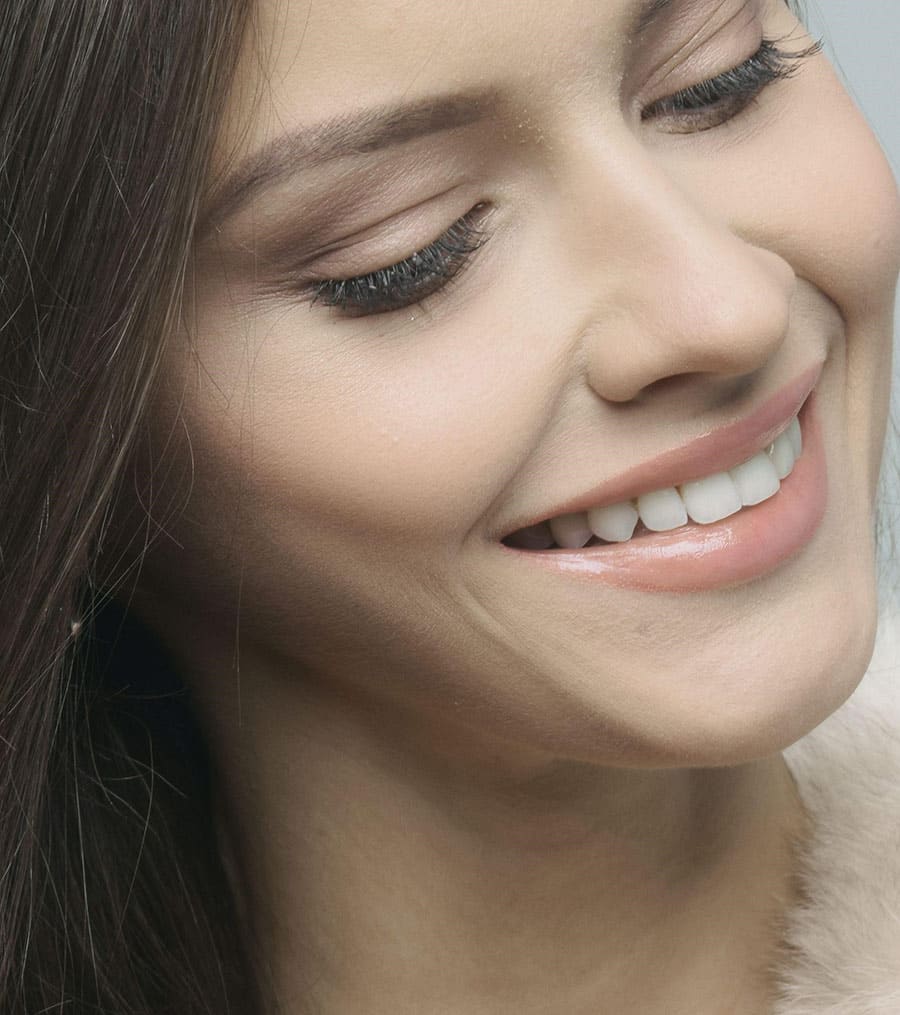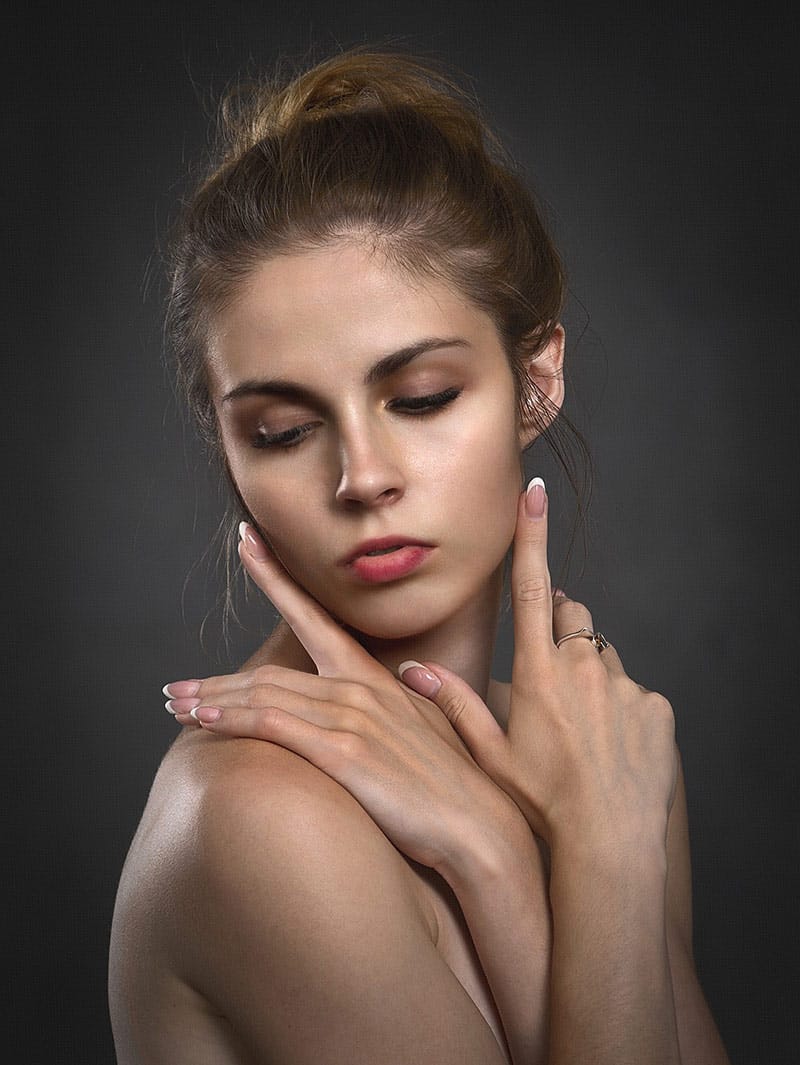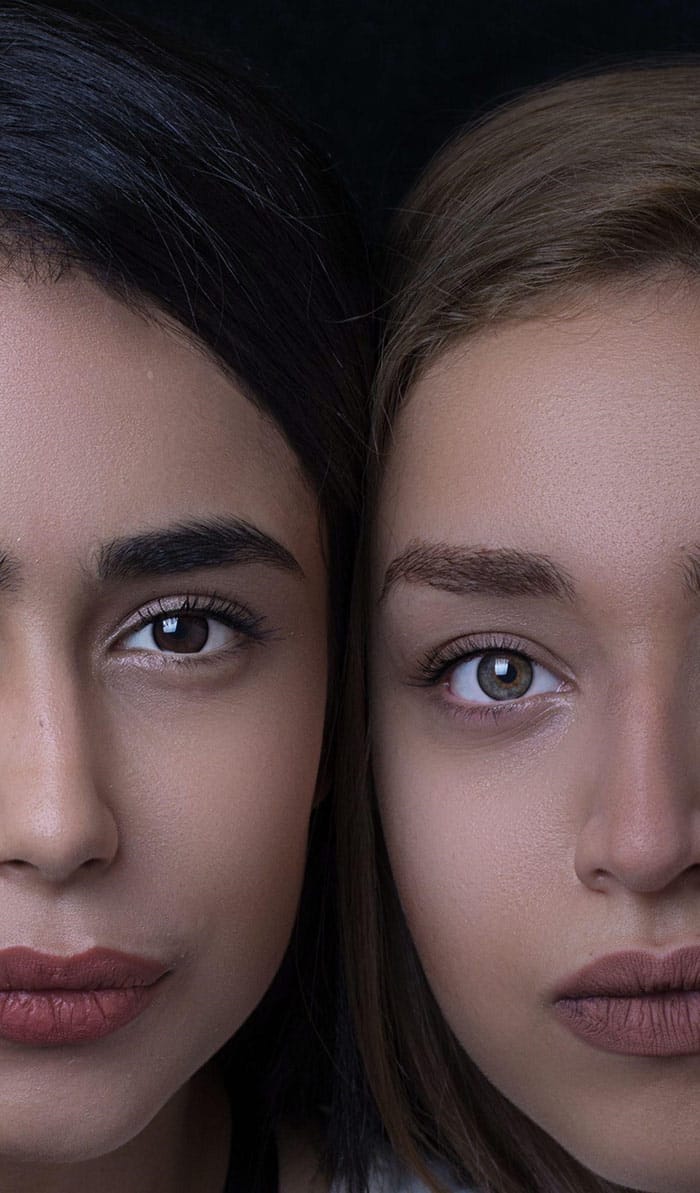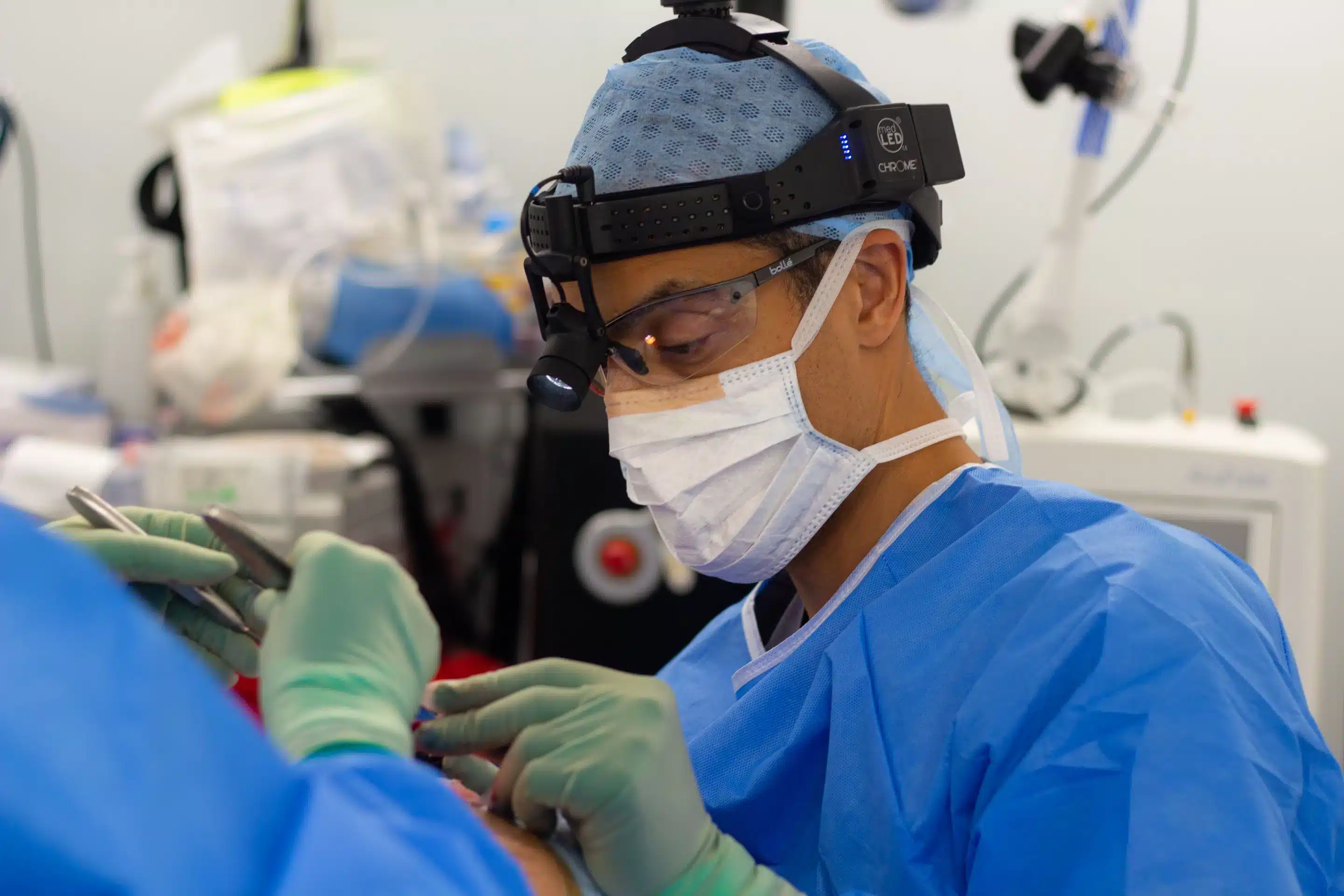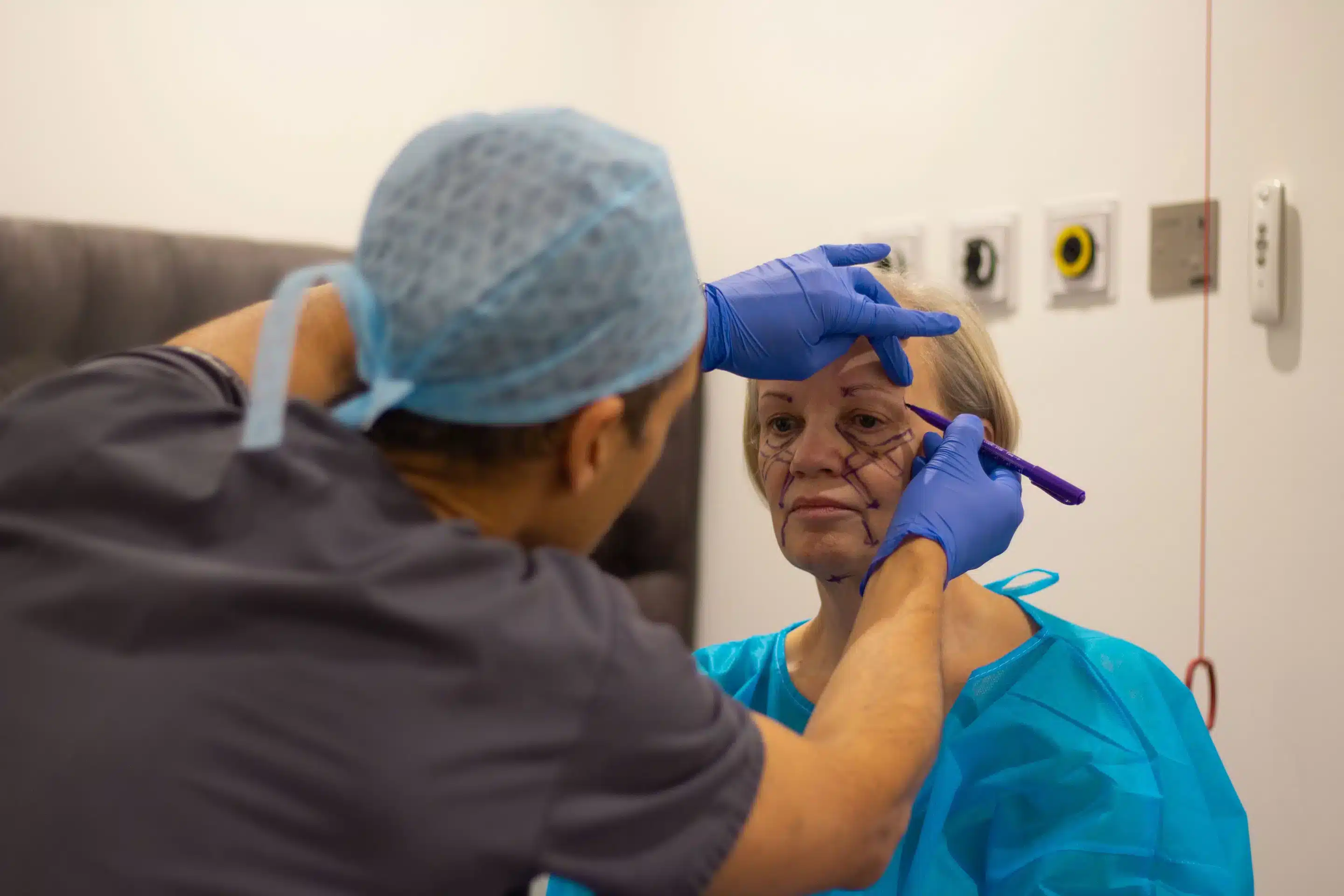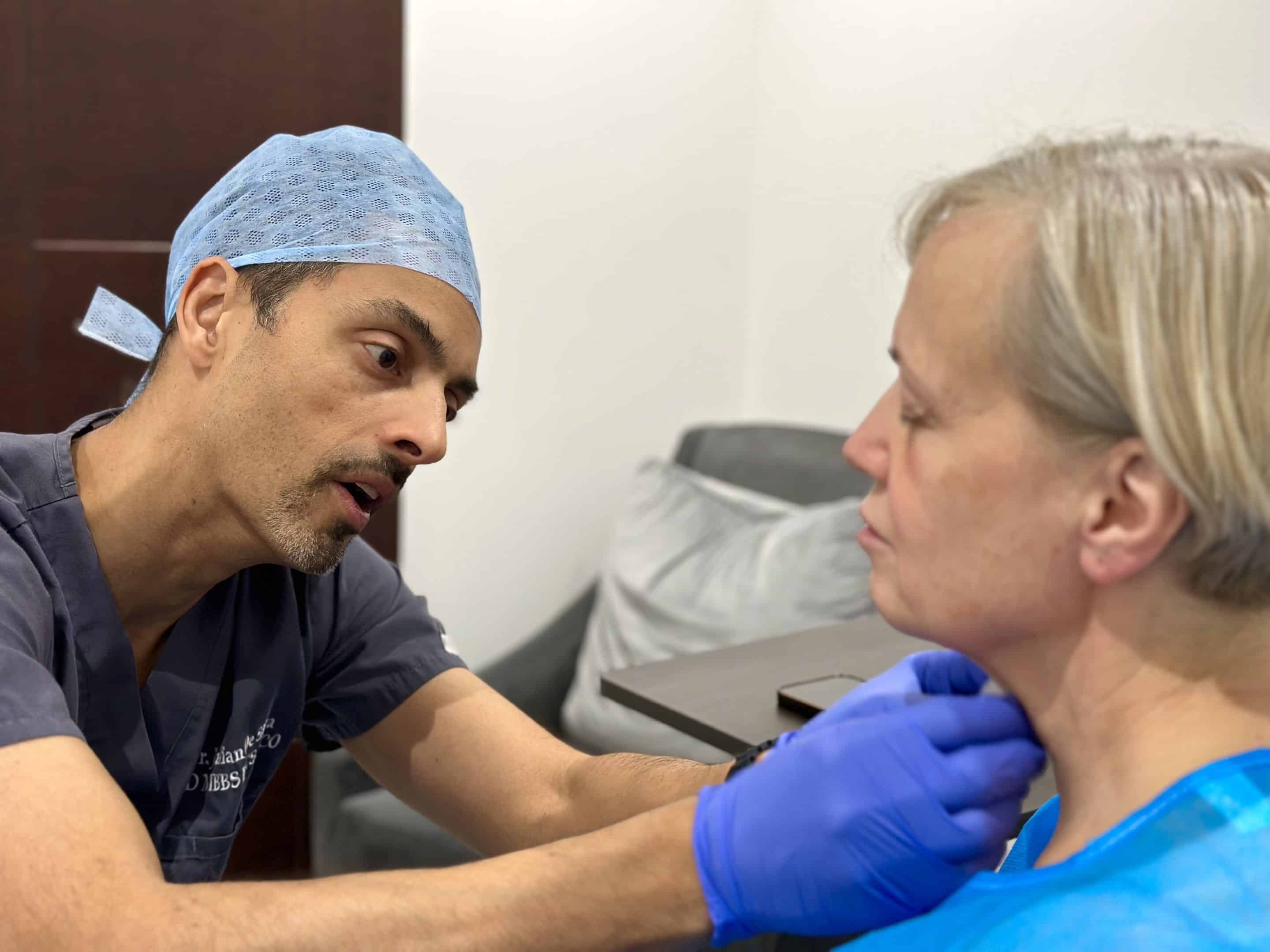Some scars do not fade over time. Scar removal surgery can help.
We all had scars at some point in our lives. Some healed by themselves, others did not. If your scars affect your way of life, scar removal surgery can help.
Since the skin acts like fabric does, it becomes vulnerable to wear and tear. This can be caused by many factors including burns and injuries.
Now, people see scars as harmless especially if they come in small, concealable sizes. However, some scars become so huge that they negatively affect you.
Rather than trying to conceal your scars through clothes or makeup, you must consider getting scar treatment.
But what scar treatments can you have? Where do you go for scar removal advice?
In this article, I will talk about how scars form, the types of scars, treatment, and benefits of scar removal. I will also give you some advice on when and where to get your scars treated.
How Scars Form
Scars can be a permanent issue affecting your daily life.
Scars are a common issue. At some point in our lives, we all had scars. Hence, millions of people seek scar treatments regularly.
While scars are harmless most of the time, they can negatively affect people’s lives. These effects range from decreasing your confidence to affecting your work performance.
But how exactly do scars form?
Your body’s healing process involves scars. When your skin gets cut or damaged in any other way, your skin repairs itself. In particular, your body grows new tissue to deal with the damage. It also fills in any gaps caused by burns, injuries, and the like.
Collagen mainly composes scar tissues. This protein supports and strengthens your skin. In addition, it helps maintain your youthful appearance. However, when your skin repairs itself through this process, it leaves scars.
Scars come in many shapes and sizes. Some of them are big, sensitive, and painful. Others are small and barely noticeable. Depending on their type, size, and location, your scars can be unsightly. Their sensitivity can also make it hard for you to move.
Interestingly, not every scar requires scar removal surgery. In fact, many scars will fade over time. However, if your scar becomes big, sensitive, and painful, you should consider getting treatment.
Thanks to advances in cosmetic surgery, you can choose from many scar treatments.
Types of Scars
There are many types of scars including normal and pitted scars.
Before we dig into the many types of scar treatment, you must know the types of scars first. Doing so lets you know the best scar treatments for your scars.
1. Normal Scars
Normal scars are the most common scars produced by the body’s healing process. They usually do not become large. Normal scars also eventually fade and flatten.
In addition, minor wounds (e.g. cuts, slightly deep scratches) typically produce normal scars. These scars leave raised lines at first. However, these gradually fade as long as it does not get infected.
These scars can take up to two years to fade. However, normal scars do not totally disappear. They leave visible marks or lines.
Moreover, normal fine-line scars caused by a wound or surgery can be itchy for a few months. On the upside, they are not painful and flattens out as they heal.
Lastly, normal flat scars often come in pink or red colors. They may eventually become slightly darker or lighter than the surrounding skin.
2. Keloid Scars
Keloid scars are a product of an extremely aggressive healing process. They are huge, raised scars.
Typically, keloid scars come in pink, purple, or red colors. They can also become darker than the surrounding skin. Sometimes, keloid scars become the same color as the surrounding skin.
Keloid scars can appear anywhere in the body. However, they are commonly found on the head (mostly on the earlobes after having piercings), shoulders, neck, and upper chest.
Anyone can get keloid scars. However, people with dark skin (e.g. African Americans, African-Carribeans, South Indians) have higher tendencies of getting keloid scars.
Keloid scars can start developing after minor skin damage such as a piercing or acne mark. Then, they spread beyond the area subjected to initial damage.
Since keloid scars extend beyond the original area of damage, keloid scars can hinder movement over time.
Lastly, keloid scars do not fade away without proper treatment.
3. Hypertrophic Scars
Like keloid scars, hypertrophic scars are a product of excess collagen built at the area where the wound occurred.
Typically, hypertrophic scars come in pink or red colors. They develop one to two months after trauma.
Hypertrophic scars can appear anywhere in the body. However, they commonly occur in areas with tight skin.
While hypertrophic and keloid scars seem similar at first glance, they have many differences.
For one, hypertrophic scars do not develop beyond the damaged area. On the other hand, keloid scars do.
Hypertrophic scars also partially fade with time. They continue to become thick for up to six months. Then, they improve over a few years.
4. Contracture Scars
Contracture scars are a product of burns. Since burns are painful, the scars they produce become painful as well. So, if your skin was burned, your scar is most likely a contracture scar.
Burns can cause a lot of damage to your skin. In particular, contracture scars tighten your skin. They also become too sensitive. As a result, contracture scars lead to functional and aesthetic problems.
For one, contracture scars affect the way you move. Contracture scars on joints and other body parts you always move can cause extreme pain. As a result, they limit your movement.
Contracture scars also leave unsightly marks. These marks appear extremely wrinkly. They also come in red and pink colors. In addition, when these scars occur on your face, they can completely change the way you look.
Lastly, contracture scars may go deeper into your skin. In a few cases, they can affect one’s nerves and muscles.
5. Pitted Scars
Pitted scars are a product of skin conditions such as chickenpox and acne. Sometimes, they can be caused by an injury or loss of underlying fat. Pitted scars are also known as atrophic or ice pick scars.
As its name suggests, pitted scars have a sunken appearance. Due to this, they become an aesthetic issue for many people.
While the appearance of pitted scars improves over time, they might not totally disappear. Hence, you need to seek professional help if you want to get rid of them.
Treatment for Scars
There are many scar treatments including injections and scar removal surgery.
Thanks to advances in medicine, you can have your scars treated. Depending on the size, location, and type of your scar, here are the treatments you can choose from:
1. Topical Creams, Ointments, and Gels
Topical creams, ointments, and gels are among the most convenient ways to treat scars, Since you can buy and apply them yourself, this treatment requires no downtime. However, you need to see a doctor to get the right prescription for this treatment.
More often than not, topical creams, ointments, and gels include steroids and antihistamines. These substances help alleviate the itching and sensitivity of scars.
You can use topical creams, ointments, and gels caused by cuts or other moderate wounds. They can also help treat scars caused by acne.
Hence, you can use topical creams, ointments, and gels to treat some normal and pitted scars. However, these products only work in mild to moderate cases.
2. Injections
Another treatment for scars are injections.
A medical practitioner directly injects medication into the scar. This makes the scar smaller and flatter. Similarly, a medical practitioner can inject additional medication to alleviate itching and pain.
Steroid injections are the most common type of injection for scars. In particular, they can treat scars that stick out― keloids and hypertrophic scars. Depending on the severity of the scar, you might need complementary treatments such as dermal fillers, facelift, neck lift, and rhinoplasty.
Dermal fillers are also injected into your skin. As its name implies, they fill your skin, making it smoother.
3. Dermabrasion
Another common scar treatment is dermabrasion.
Dermabrasion is a skin-resurfacing treatment that utilises a quickly rotating tool to remove the outer layer of the skin. This process has a “sanding effect” on the skin.
As a result, the skin that grows back becomes smoother.
Specifically, dermabrasion can decrease the appearance of scars caused by mild accidents, surgery, acne, chickenpox, and other diseases. Thus, you can have dermabrasion to treat your pitted and normal fine-line & flat scars.
Dermabrasion can also help solve many skin issues such as wrinkles and age spots. It can stand alone or with other cosmetic procedures.
4. Chemical Peels
Next on the list of treatments is chemical peeling. As its name suggests, this procedure involves chemicals that give your skin a “peeling effect”. Given this, chemical peeling is a common acne scarring removal treatment.
Chemical peels can be done on your face, neck, and hands. Depending on your doctor’s advice, they can be done on other body parts as well.
In general, chemical peels enhance the feel and appearance of your skin. During a chemical peel, a chemical solution exfoliates your skin. As a result, the solution removes the top layers of your skin.
Just, like dermabrasion, a chemical peel triggers new skin to grow back. The said skin then becomes smoother and firmer.
Hence, a chemical peel can help you get rid of normal fine-line, normal flat, and acne scars.
5. Laser Treatments
Many types of laser treatments can help remove scars. As its name suggests, laser treatments use lasers that pulsate at certain rates.
Sometimes, scars remain red or pink because the blood vessels that developed to heal the wound did not recede. Laser treatment can cauterise these vessels from the inside out. As a result, the scars fade. This process can also help scars to flatten.
One of the most common laser treatments for scars is laser resurfacing. This treatment is best for acne scars and some normal scars.
6. Pressure Therapy
Pressure therapy involves elastic bandages, stockings, or dressings. Medical practitioners use these to apply and keep pressure on the scar.
In particular, the pressure applied to the scar can prevent it from forming. It can also help decrease a scar’s size.
After wrapping the scar, a medical practitioner then massages the affected area. This helps break up the scar, allowing the scar tissue to remodel.
Pressure therapy is one of the easiest and cheapest treatments for scars. However, they usually work on fresh scars. They do not usually work on scars that have been existing for long.
Pressure therapy works best for hypertrophic scars, especially those found on the ear and body.
7. Scar Removal Surgery
If you want a permanent solution to your scars, you must consider scar removal surgery.
This surgical process is considerably one of the best treatments for scars. Unlike other treatments in this list, scar removal surgery can get rid of any type of scar.
Scar removal surgery can also remove a scar despite its size, type, and location.
In addition, scar removal surgery can address aesthetic and functional problems. If your face has scars, you can go under face scar removal surgery to get rid of them forever.
Similarly, if a scar limits your daily activities, you can go under hypertrophic, contracture, or keloid scar removal surgery.
Seeking Advice
You should know when and where to get scar removal surgery from.
Plastic surgery scar removal is an effective and permanent solution to scars. Hence, many people want to get it.
However, you must know when and where to seek advice.
To begin with, you need to know when to seek advice. If your scars bother you in any way (functional, aesthetic, etc.), you need to consult a highly qualified cosmetic surgeon. You can book a consultation with me if you want.
Next, you need to get scar removal surgery at a reputable centre with top-notch customer service. The Centre for Advanced Facial Cosmetic & Plastic Surgery offers these.
Benefits of Scar Removal Surgery
Benefits of scar removal surgery include improving your look.
Here are the benefits of scar removal surgery:
1. Scar removal surgery improves your appearance.
Scars are unsightly. They make your skin look strange. When scars occur on your face, their aesthetic effect becomes worse.
A cosmetic surgeon can get rid of your scars through scar removal surgery. As a result, your appearance improves. You don’t need to conceal your scars using clothes or makeup anymore.
2. Scar removal surgery increases your self-confidence.
When you have an unsightly appearance due to scars, your self-confidence decreases. You feel bad about yourself. Worse, you think that others think the worse of you simply because of your appearance.
A cosmetic surgeon can help boost your self-confidence through scar removal surgery. As a result, you become more ready to take on the world with your newly found confidence.
3. Scar removal surgery restores your daily routine.
Scars can cause pain. They can also limit your daily activities. For instance, contracture scars cause pain and limit your movement. As a result, they affect the way you live.
A cosmetic surgeon can get rid of pain and movement limitations caused by scars through scar removal surgery. As a result, you can get back to doing your daily routine before scars start limiting you.
4. Scar removal surgery can prevent complications.
Though extremely rare, scar tissue can lead to cancer. In particular, scar tissue carcinoma arises from unstable scars and radiation injuries among others.
A cosmetic surgeon can get rid of scars that might lead to other complications. As a result, you don’t have to be worried about your scars causing more problems.
Conclusion
When you look for plastic surgery scar removal before and after photos online, you’ll see the drastic changes scar removal surgery can make. If you want to know exactly how scar removal surgery can change your life, contact us today!


